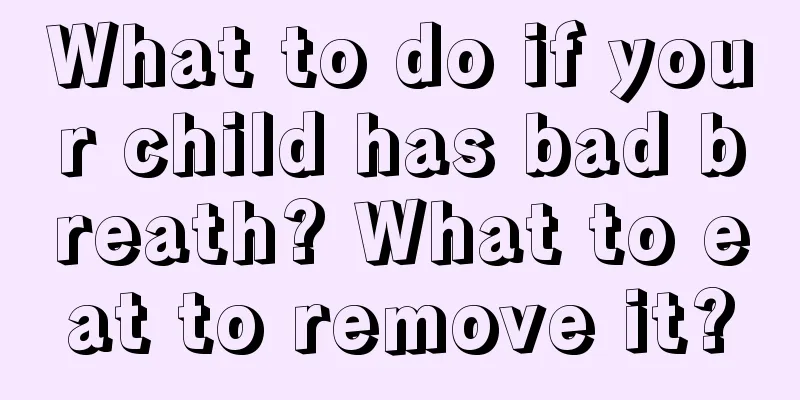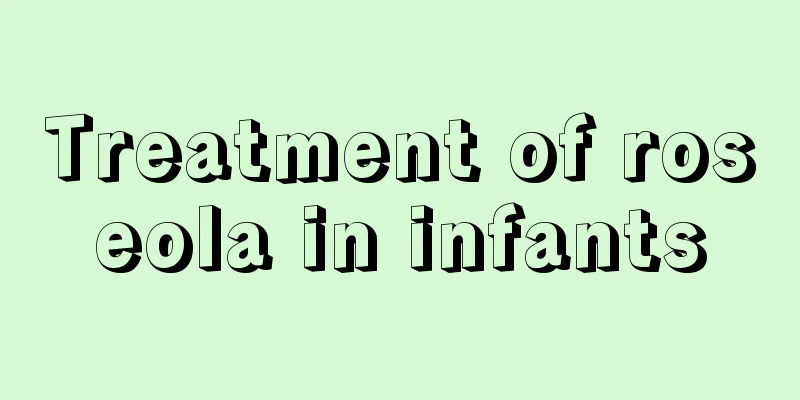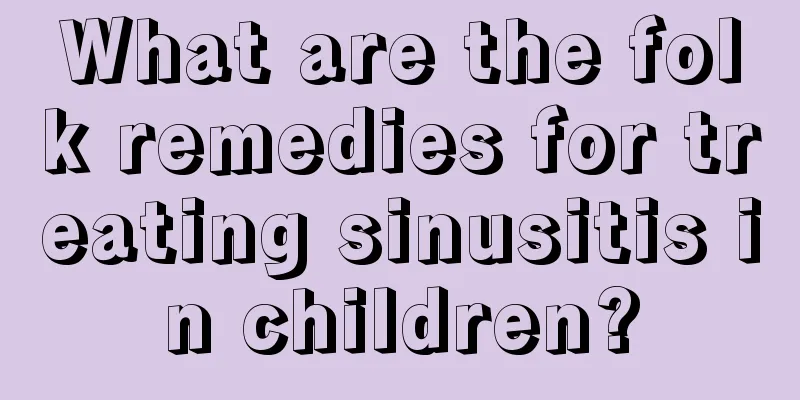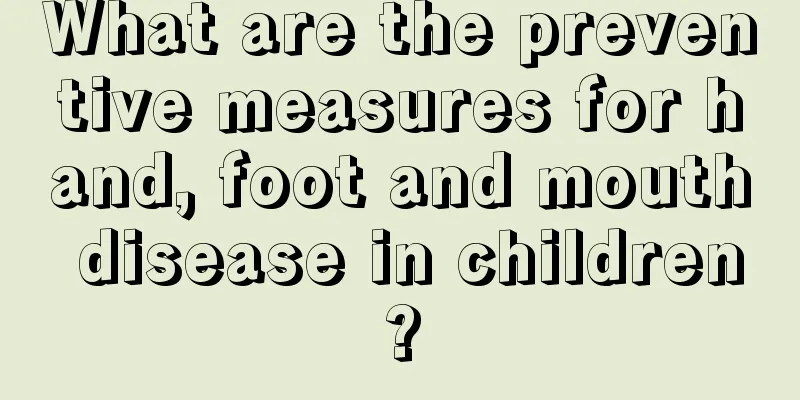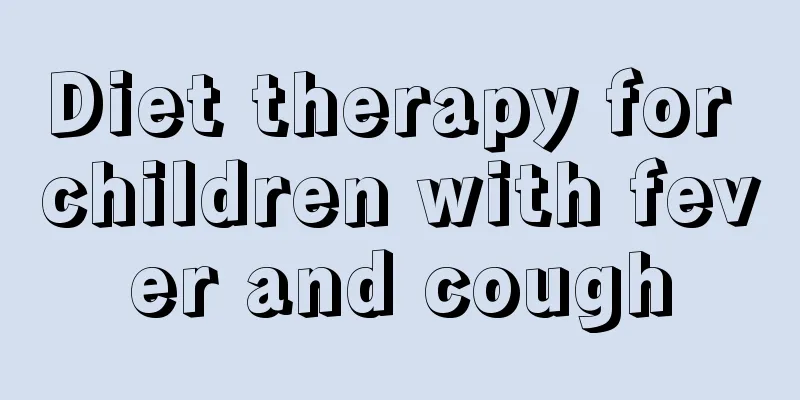Symptoms of hand, foot and mouth disease in children
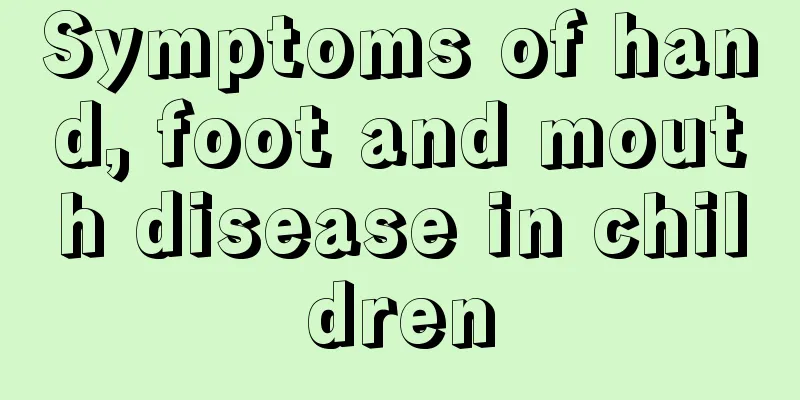
|
Hand, foot and mouth disease is a very common disease with a very high incidence rate. The disease usually affects children, and is more common in preschool babies. Hand, foot and mouth disease is highly contagious and is mainly caused by a viral infection. When the disease occurs, patients will develop many rashes on the body, which are very itchy. It is more common on the hands, feet, mouth, buttocks and other parts of the body. When parents find that their children have hand, foot and mouth disease, they must take the children to the hospital for treatment in time and take isolation measures.
Many people may have heard of hand, foot and mouth disease, but don’t know what the symptoms of hand, foot and mouth disease are in children? Below we will analyze the symptoms of hand, foot and mouth disease. Only by understanding the symptoms of the disease can we detect it as soon as possible when we are sick. Hand, foot and mouth disease is an enteroviral disease that shares common features of enteroviral infection. The symptoms range from the most common no symptoms or only mild discomfort to serious complications and even death. The incubation period is generally 3 to 7 days. There are no obvious prodromal symptoms, and most patients develop the disease suddenly. About half of the patients have fever 1 to 2 days before the onset of the disease or at the same time as the onset of the disease, mostly around 38°C. It mainly affects four parts of the body: hands, feet, mouth and buttocks; the rash has four characteristics: no pain, no itching, no scabs and no scars. Some patients have mild upper respiratory tract infection symptoms in the early stages, such as cough, runny nose, nausea, vomiting, etc. There are many other symptoms of hand, foot and mouth disease in children. Due to the pain of oral ulcers, children drool and refuse to eat. Oral mucosal rash appears relatively early, initially as corn-like maculopapules or blisters surrounded by a red halo, mainly located on the tongue and cheeks, and often occurs on the lips and teeth. Flat or convex maculopapules or blisters appear in distal parts such as hands and feet. The rash is not itchy. The maculopapules turn from red to dark in about 5 days and then disappear. The blisters are round or oval flat protrusions with turbid fluid inside. The long diameter is consistent with the direction of the skin texture. They vary in size like soybeans. Generally, there is no pain or itching, and no trace is left after healing. Not all cases of hand, foot and mouth disease may occur in the same patient. The blisters and rash usually disappear within a week. The above is an introduction to the symptoms of hand, foot and mouth disease in children. When you find that your baby has the above symptoms, you need to pay enough attention to it and must be hospitalized for treatment in time. Otherwise, the disease will cause great harm to the baby, and in severe cases it will directly threaten the patient's life. In addition, during the season when hand, foot and mouth disease is prevalent, parents should try not to let their children go out to avoid infection. |
Recommend
Why do full-month babies always cry?
One-month-old babies generally like to cry. They ...
How to treat children's eczema
Eczema is a common childhood disease. Since child...
What to do if your baby spits up after eating milk powder
Babies need to make the transition from drinking ...
How to treat cerebral palsy in children?
Some children suffer from cerebral palsy, which s...
What to do if your baby has slow gastrointestinal motility
The healthy growth of babies is a matter of conce...
At what age should children receive vaccinations?
Many children need to be vaccinated after they ar...
What causes insomnia in children?
Adults are very prone to insomnia due to work pre...
How to treat children who fart frequently
In fact, farting is not an indecent thing. As lon...
The dangers of eating too much for children
In a family, children are the most important bein...
Is it normal for a breastfed baby to have green poop?
In fact, parents are quite worried about their ba...
What to do if your child coughs without phlegm
It is quite common for children to cough without ...
Laparoscopic hernia surgery steps in children
There are many cases of hernia in children around...
What is the cause of premature ventricular beats in children?
The medical concept of premature heart beats refe...
What causes yellow teeth in children?
It is said that children are what parents worry a...
What should I do if there are red spots on my buttocks?
The baby's buttocks often appear red, and the...




